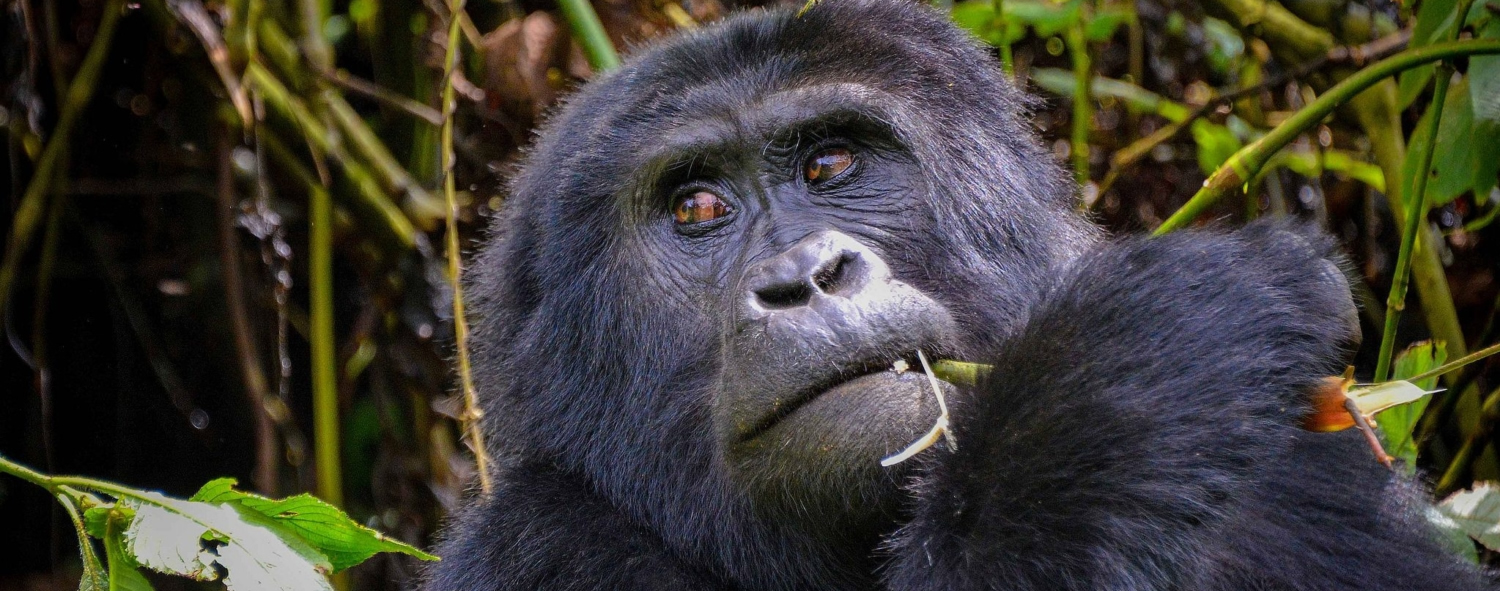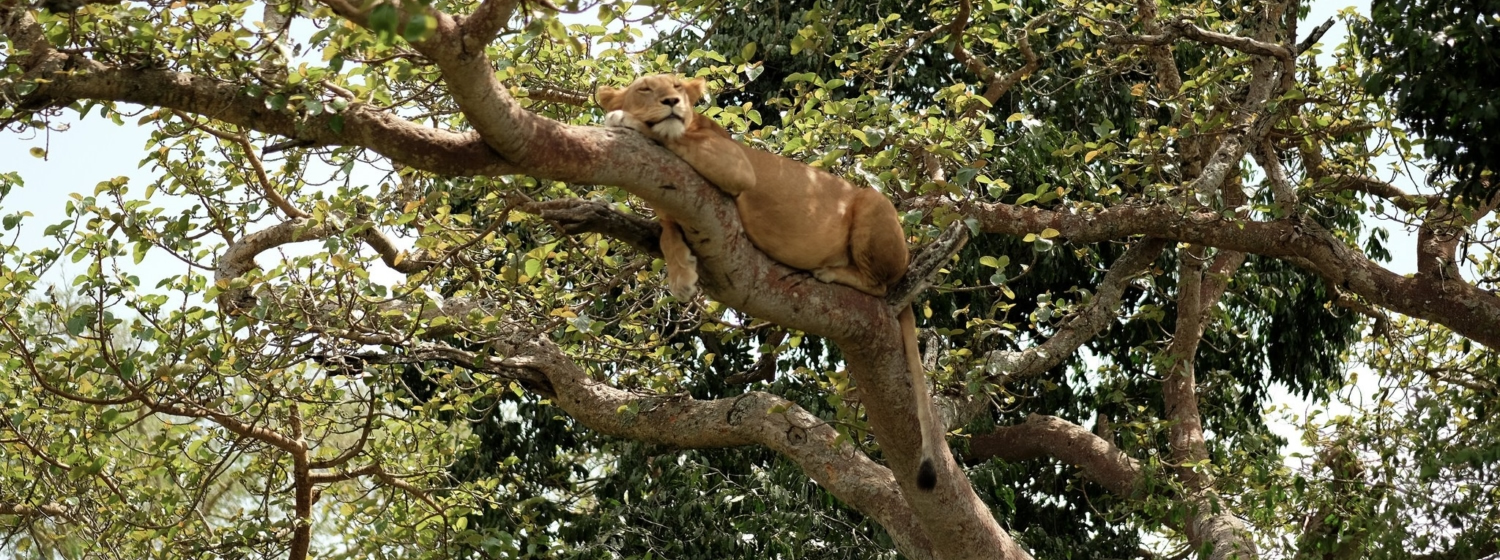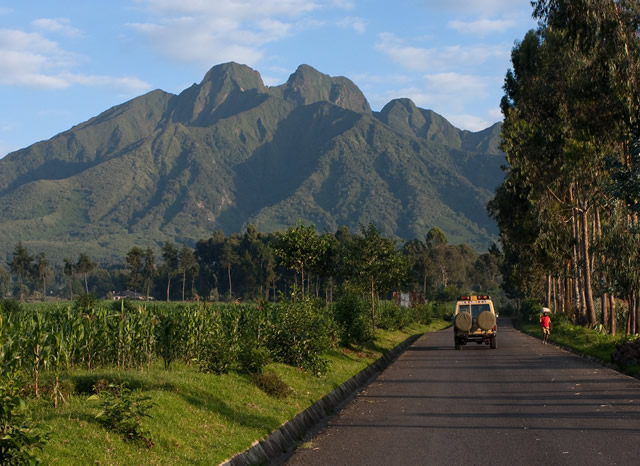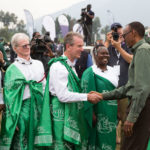A number of genocide memorial sites were put in place to commemorate the genocide war that took place in Rwanda in the 1994. This war was as a result of inter tribal conflict which took place from April where the Hutu ethnic group comprising of the majority murdered their fellow Tutsi group of people in Rwanda. The genocide started from the capital by the Hutu and spread rapidly and brutally through the whole country being led by local officials and the Hutu who where in government killing as much as 800000 people of the Tutsi tribe. This was only ended in July after the Rwanda patriotic front taking control with the military force. These genocide sites are among the common visited tourism destinations by travelers on Rwanda safaris
Rwanda had one of the highest populations in Africa with 85 percent of them being the Hutu and 14 percent the Tutsi and 1 percent the Twa having the very list percentage of people in Rwanda. After World War 1, Rwanda came under the Belgium who favored the Tutsi over the Hutu. This created hate and enmity which aroused violence as early as 1959 forcing around 300000 Tutsi to flee the country decreasing them more in number. By 1961 the Tutsi were forced into exile by the Hutu declaring the country a republic after which the Belgium granted the country its independence in July 1962.
In 1994 the plan between Habyarimana the spear head in the genocide and the Burundi president Cyprien Ntaryamira shot down killing more than million of Rwanda people. The presidential guards together with Hutu Prime Minister Agatha Umilinglylmana and his 10 Belgium body guards were the first victims being killed on the 7th of April.
The war spread so fast throughout Rwanda killing 800000 people within three months. The Rwanda civilians were encouraged by local officials and government sponsored radio station to kill there fellow neighbors. This had to bring in the RPT to wage a war alongside the genocide were it gained control and more than 2 million Hutu fled Rwanda to Congo as refugees and other neighboring countries.
The RPT then established a coalition government with Pasteur Bizimungu a Hutu as the president and Paul kagame as vice president and the defense minister. This lowered Habyarimana’s influence who mobilizes the genocide and then anew law and constitution was mandated in 2003 emphasizing unity. This was followed by electing Paul kagame as Rwandans president who is still ruling up to date. The Rwandans are fully responsible for the genocide though other powerful counties failure to do something to put the war to an end can not be under estimated. The international forces were aware of the preparations and targets of elimination of the Tutsi but then they refused to use their authority and power to challenge the government by then for the prevention of the genocide.
Genocide memorial sites in Rwanda.
Following the course of the 1994 war, the sites were put in place to show the dangers of the genocide war were around 800000 people lost there life’s and these are;
1. Murambi Memorial Site
This was a school in the first place before the massacre where 2700 individuals are estimate to have been murdered. Since then the natives were resettled in other places for the preservation of the corpses in the place and it’s now an exhibition places related to tourism. Free information is given to the tourists by the survivors regarding the history of the genocide. There are burial room, display of corpses and amass grave were the victims were buried all together.
2. Gisozi Memorial Site
This is were most of the Tutsi victims were killed and its situated in Gasabo village .here there is a library were books and documents concerning the country’s the history are found, a display house were the corpses are seen, photographs and cemetery where around 30000 victims were killed both the Hutu and the Tutsi were buried in that same place .The site become a tourist attraction in 2004 and is having a plan to provide history concerning the country the world.
3. Gisenyi Memorial Site
This is the first memorial site were around 12000 victims who were killed in the genocide were buried. There bodies were just brought there from Nyundo and Corniche. This is the site were Madame Carr’s grave who was in charge of the Imbabazi orphanage is found. This site is found in Gisenyi https://libido-portugal.com/.
4. Nyamata Memorial Site
Formally this was a church found in Bugesera districts were 2500 people were killed who had run there for safety. The church still exits as to remembrance of the incidence that took place.
5. Bisesero Memorial Site
Its in Karongi districts were around 30000paople were murdered. These were mainly the brave Tutsi who stood up against the Hutu and were over powered. The site has nine small structures connoting the nine communities which formed the Kibuye region and is referred to as a hill of resistance because of there oppositions against the Hutu people.
6. Nyarubuye Memorial Site
This was a convent and also school in which 20000 people were murdered and buried as they tried to escape for there life’s in Tanzania. There corpse are in the convent and in 2003 the school was also re opened, still operating with a number of students
7. Nyanza Memorial Site
This was formally a school called ETO managed by the UN who had come to provide security to the Rwanda before the genocide. With the commencement of the genocide they left and the local individuals found there were murdered. On the 11 April a memorial ritual is done in this place to remember the victim’s souls by the survivors.
8. Ntarama Memorial Site
Here several children were killed and women were murdered who had gone to seek refugee in a church during the war only to be killed there too. Around 5000 people and its just an hours drive from Kigali and is located in Bugesera. It’s now a display site.





